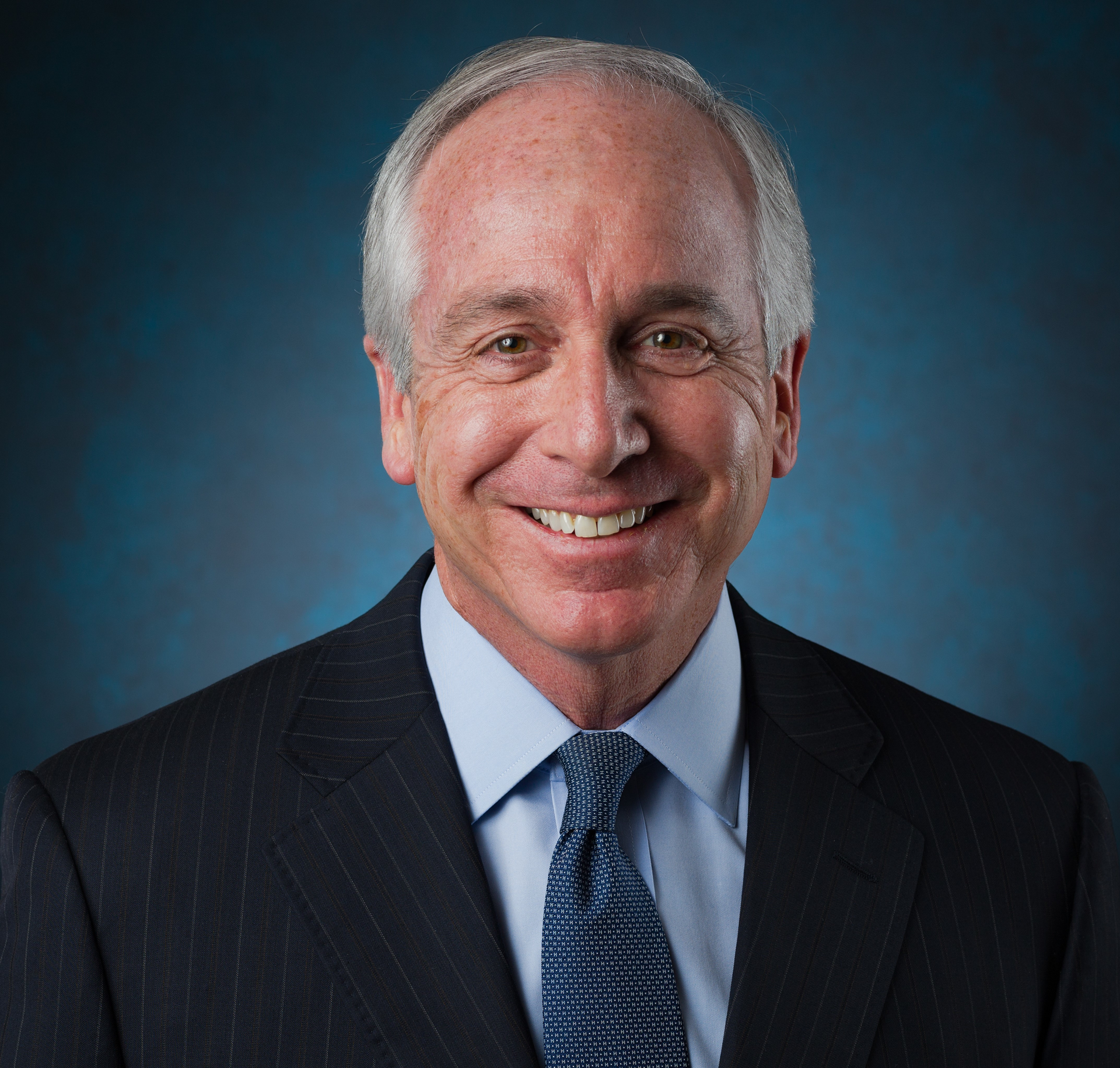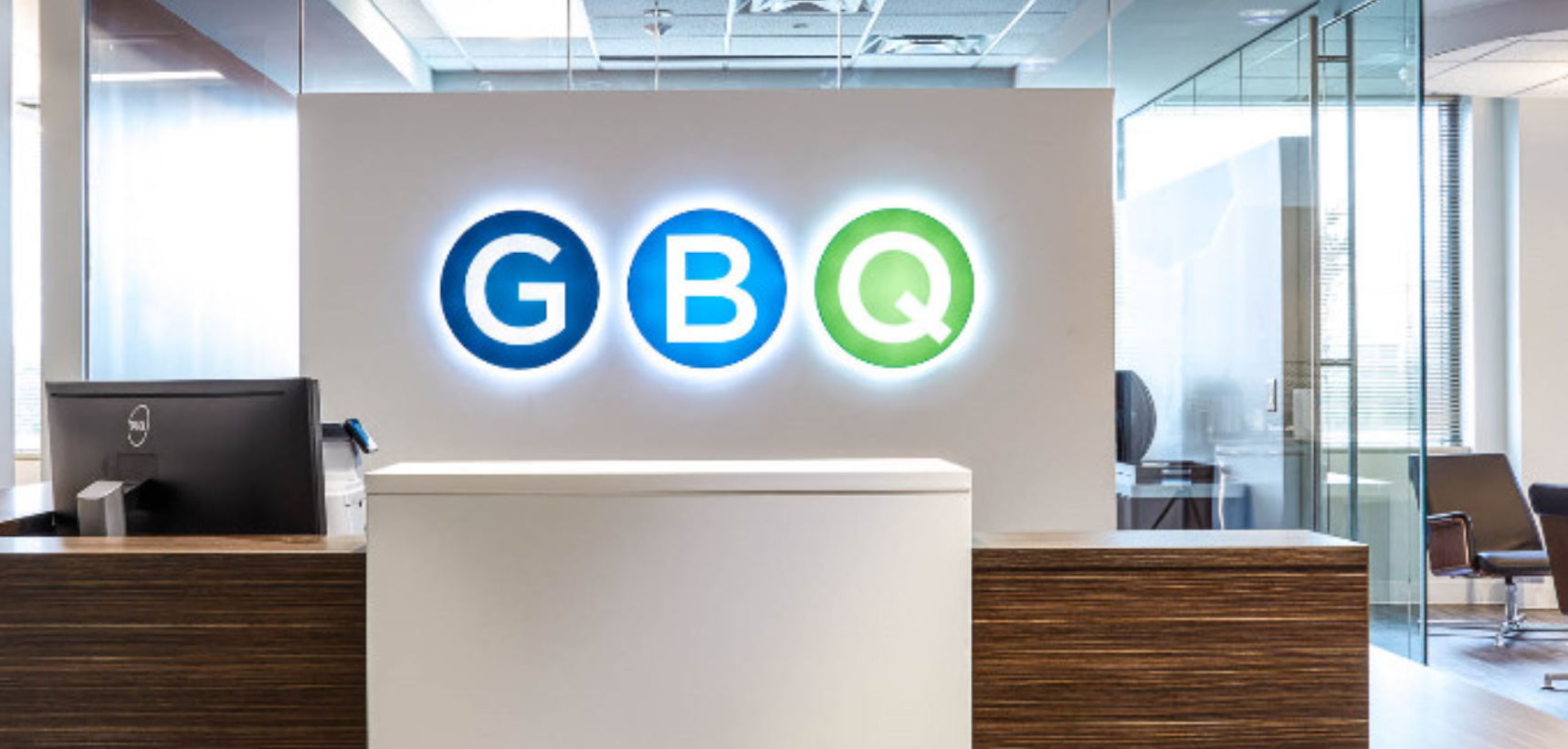Hiring people is hard work. It can already be a long process, and then you need to onboard and train your new employees. Where finding star performers is a rewarding experience that makes hiring challenges seem smaller, having to replace someone who doesn’t work out or leaves after a few weeks is a highly frustrating — and expensive — experience.
To look at the costs of bad hiring decisions, a recent Robert Half study surveyed managers at small to midsize firms. Respondents said they waste an average of 45 hours to hire and onboard an employee who later doesn’t work out. The majority also reported increased stress for employees who worked with the bad hire.
Firms can’t afford that much downtime and the costs that come with it. In the meantime, understaffing means a bigger workload for existing employees — increasing stress, reducing morale and hurting productivity. Dodge this ugly scenario by getting smarter about the recruitment process.
1. Spot serial underperformers. Your top candidate has a brilliant resume and aced the interview. But soon after he starts the job, you notice troubling behavior — sloppy work, questionable ethics, frequent absences and more.
Hiring tip: During interviews, ask behavioral questions that touch on what the person has done — or would do — in specific situations. When conducting reference checks, listen for what’s not said as much as what is said. Many managers don’t love checking references, but don’t skip this important step.
2. Seek the requisite skill set. According to a Robert Half study of CFOs, a mismatched skill set is the top factor that leads to a failed hire. A mistake to avoid is recycling the job description from the last time you hired for the position instead of creating an updated one.
Hiring tip: Increase your chances of hiring success by writing a strong job description. List the expectations and essential duties, followed by must-have technical and nontechnical skills and minimum years of experience. As part of the process, determine the abilities that are must-haves and the nice-to-haves you can build through training.
3. Set crystal clear expectations. A candidate wows you with all the requisite plus your preferred skills, but shortly after her first day, it’s clear she’s overwhelmed by the job. Or the opposite happens: She grows bored with the work.
Hiring tip: Be upfront about the role. In the job title, description, posting and interview, make it clear if the position is a staff-, senior- or management-level role. The ideal candidate should be pleasantly challenged by the job, but not so much that she becomes frustrated by the learning curve.
Also highlight other aspects, such as whether new hires would be working independently or as part of a team, and how much self-initiative is required. When an employee starts the job, set clear metrics for performance so she knows exactly which targets she needs to hit.
4. Check for culture fit. When members of a team don’t get along, managers spend valuable time playing referee and mediator. CFOs interviewed for a recent Accountemps survey reported they spend almost one day a week resolving staff conflicts. New hires are likely to fail if they have issues with other people, especially direct supervisors.
Hiring tip: Naturally, the manager will be actively involved during the recruitment process. But also include other team members in the decision. How do they expect a candidate to fit in at the firm? Do they see any red flags?
To help ensure a strong fit, consider interim-to-hire arrangements. This way, everyone gets to observe a potential full-time employee in real time. Hiring is one of the most consequential responsibilities employers have. When you get it right the first time, you won’t have to spend valuable time and effort for a second round anytime soon.
————-
Paul McDonald is senior executive director at Robert Half, the world’s first and largest specialized staffing firm. He writes and speaks frequently on hiring, workplace and career-management topics. Over the course of more than 30 years in the recruiting field, McDonald has advised thousands of company leaders and job seekers on how to hire and get hired.
Thanks for reading CPA Practice Advisor!
Subscribe Already registered? Log In
Need more information? Read the FAQs
Tags: Firm Management




